Award-Winning Photographer Explores Grief, Identity, and Culture Through Powerful Portraits
![]()
Camille Farrah Lenain is a French-Algerian photographer whose portraiture and documentary work illuminates people and stories often ignored, including those related to stereotypes, collective consciousness, identity, sexuality, and religion. She is also an award-winning photographer and educator and one of the winners of the 2024 Leica Women Foto Project Award.
PetaPixel chatted with Lenain about her award-winning series, Made of Smokeless Fire, a photographic exploration of LGBTQIA+ identities within Muslim culture in France. The country has the largest proportion of Muslims in the entire Western world.
Finding a Place to Belong When You Don’t Easily Fit In
Islam, a prominent minority religion in France, is followed by around 10% of the adult population. Among these people, who typically grapple with being a religious and cultural minority in a Western European nation, are those who deal with issues of sexual identity within a religious institution that is, by and large, not always accepting of LGBTQIA+ people. It’s important not to paint with too broad a brush because there are exceptions to the rule, but the general lack of visibility and awareness at play is a significant focus of Lenain’s work.
Through her ongoing project, Made of Smokeless Fire, Lenain has spoken to many Muslims dealing with not only Islamophobia from outside their religious and cultural group but discrimination from within. Some of her portrait subjects have been ostracized from their family and community, while others have been embraced at home but not necessarily accepted outside of it. Some have grappled with what their identity means within the context of their religion.
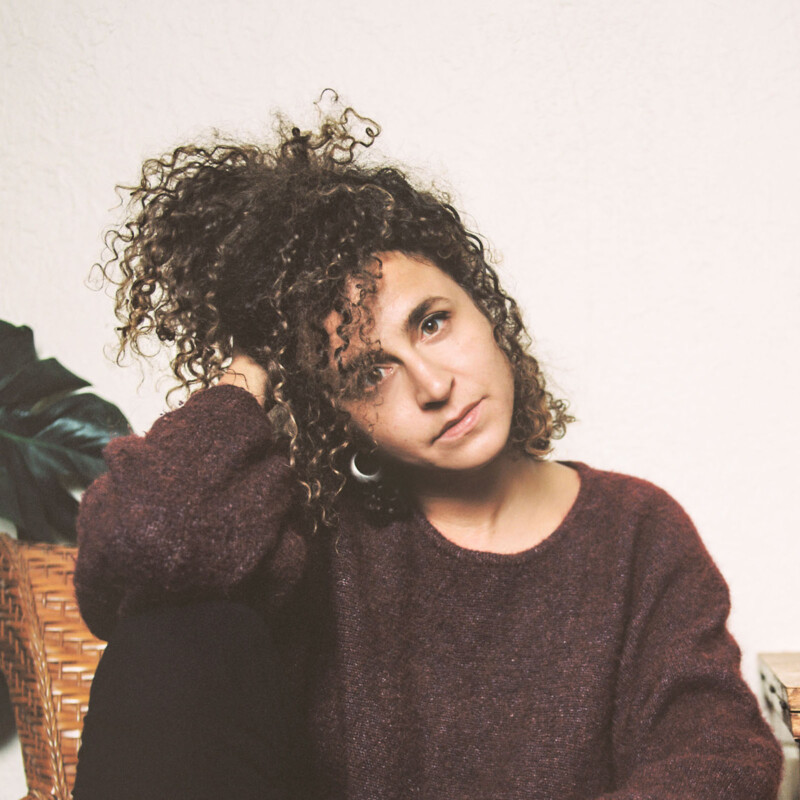
Processing Grief Through Photography
For Lenain, the project is also intensely personal.
“I started this project four years ago, but I was thinking about it for a while before. This is a project in homage to my uncle Farid, who’s French-Algerian, and who passed away in 2013,” Lenain tells PetaPixel over the phone. “He was gay and grew up in a Mulsim-practicing Algerian family. And I guess this project is all the things that I wish I could have asked him, things I could have shared with him that I couldn’t because he’s gone.”
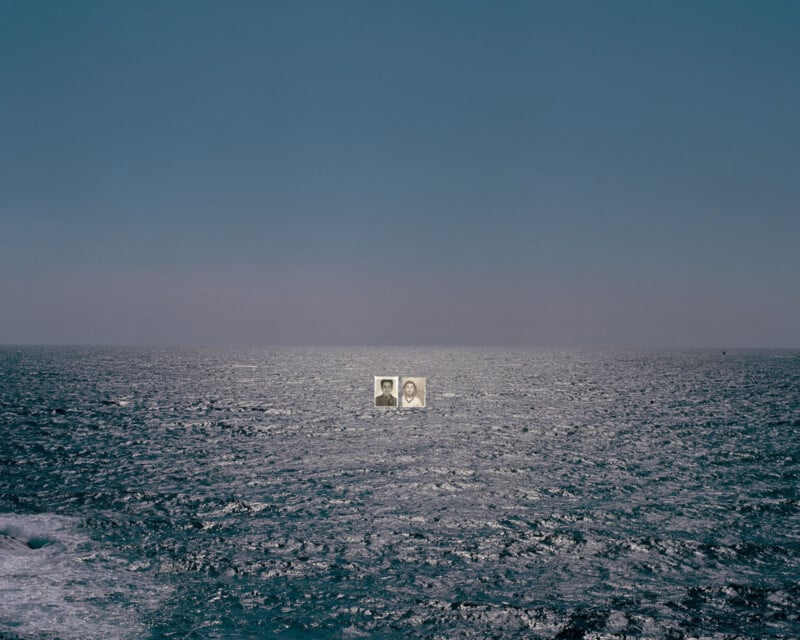
Lenain mentions some of these questions: “Can you be Muslim and queer? How does your family receive this? What’s your relationship to God and to Islam in general? Have you found ways to live your religion fully and accept your identity and your gender fully as well?”
Instead of asking her late uncle Farid, the photographer has asked strangers, who have become portrait subjects and, in many cases, friends.
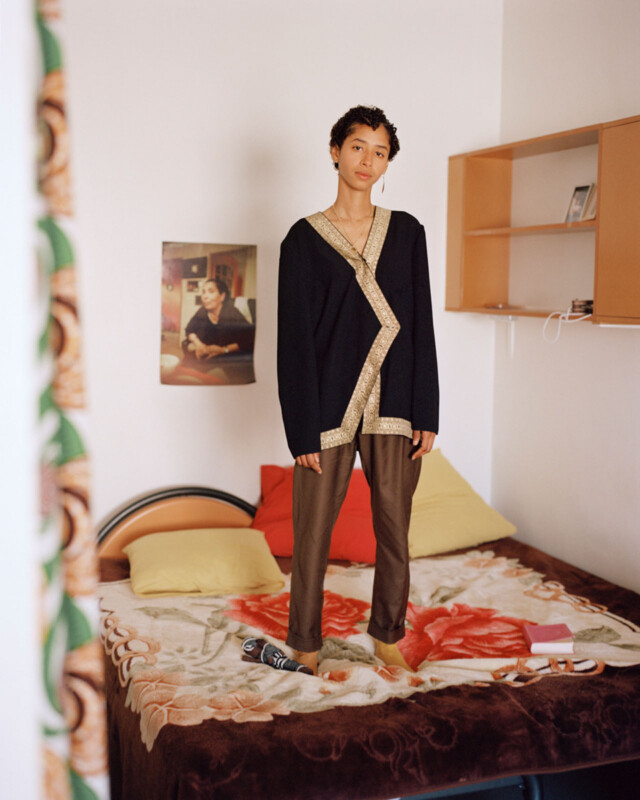
“It’s redemptive because I share my uncle’s story, and then I hear theirs. It’s been really a beautiful journey and really emotional and eye-opening as well,” she explains.
For Lenain, the project is many things. It’s personal, of course, because of why she is doing it. But it’s also emotional through how it has been done. The photographic work relies heavily on forming extreme trust with her subjects because, in many cases, they are exposing themselves to risk by participating. Sadly, not everyone can live authentically out in the world.
The work is also a hands-on way for Lenain to process her grief about her uncle. Especially in the early days of Made of Smokeless Fire, her grief was intense, and by connecting through Farid’s story with others, Lenain found herself opening old wounds and finding ones that maybe she didn’t know were there in the first place. It’s also important to consider that some of the things she wishes she could understand about Farid are impossible to know.
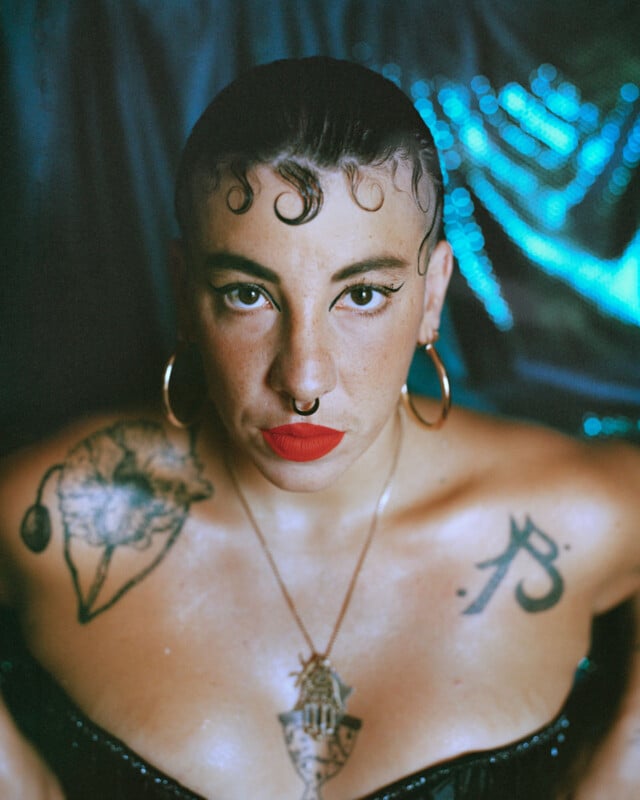
Navigating loss is difficult enough without adding the layers of complexities of cultural, religious, and sexual identity.
“There is a grief because you can’t speak to someone who’s not physically there anymore. But there’s also a grief to just having shoved in many emotions and feelings and memories that you don’t want to share anymore because it can be risky for you or because it’s just not the best way you can present yourself in a new country. And I think that resonates with a lot of immigrated family of immigration,” Lenain explains.
She first tried to grapple with the loss of her uncle by speaking with her family, but this initially proved challenging. She ultimately went out to talk to strangers and learn more about what it’s like for people to be queer and Muslim, especially in France.
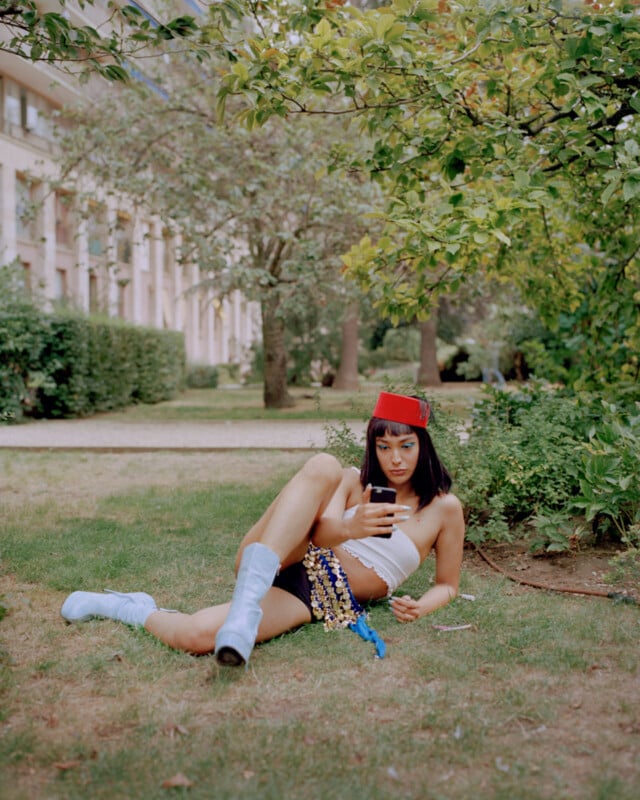
It was initially not easy to find people to speak to, but as Lenain progressed and her work started to live out in the world, more people came to her. After her work was exhibited at the World Institute in Paris, not only did more strangers reach out to Lenain, but her family began opening up about Farid more, too. Through her beautiful photography, what at first seemed dangerous felt safer to more people.
![]()
The Leica Women Foto Project Award Came at a Very Challenging Time
Although Lenain’s project is far from over — it is a living testament to a complex, unending issue that impacts people in real ways — the Leica Women Foto Project Award represents increased global reach.
Tragically, finding out about the award was bittersweet.
“The day the award was publicly announced on all the social media and websites and platforms and everything, so it was all announced around 9 AM that morning of March 8th. And later that day I was excited to share all this news and hearing all the feedback from people, and it was a moment of celebration and sharing it with the participants of the project,” Lenain tells PetaPixel. “But later that day, around 5 PM, I found out that one of the people that I photographed passed away had passed away that morning.”
![]()
“It was a pretty big shock, although I knew this person was suffering so much from all the discrimination that comes with their experience of being Algerian in France and of being an immigrant and of being queer with their family and of questioning their own faith.”
Lenain hesitates to label anyone a martyr, but she says their passing reflects what can happen when people don’t feel accepted and don’t know where or how they can exist.

“The approach I have of creating visual representation for these people is really tied into more than just a photo project,” she says. I’m trying to find a space for people to exist. She wants to provide people struggling to fit in a means of feeling like they belong and have a future as themselves.
“The importance I’ve always put into the project got a million times bigger that day.”
Finding Authenticity Through Portraiture
Lenain emphasizes that her work is not only about the pain and suffering that many of her subjects feel, but about helping people feel whole. She doesn’t always make photographs with every person, and no two portrait sessions are the same. The process is similar each time, though. Lenain speaks to people for hours before picking up her camera.
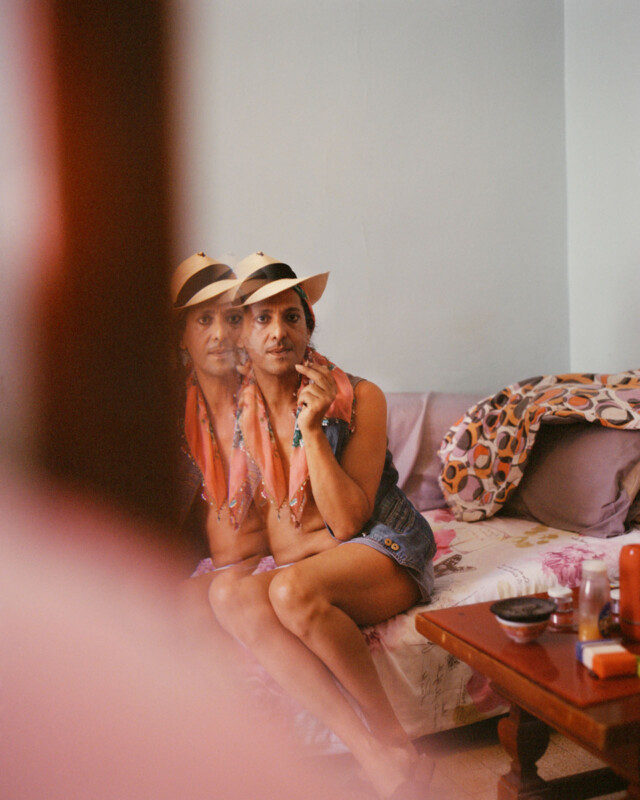
“I’m trying to understand, ‘What can embody everything you are?’ The photography is more focused on just the beauty that comes with being at the intersection of all those identities, rather than just the suffering.”
Many of the people Lenain photographs have experienced discrimination and violence, and she recognizes that there can be inherent violence in photography itself.
“You’re aiming an object at someone — it’s your gaze falling on this person,” she says, noting that there’s a power imbalance with photography because the creation of the image is still ultimately one-sided, even though there’s collaboration. The image is what one person envisioned and made.
Lenain works hard not to bring preconceived notions or ideas to her conversations and photos. Only after she speaks with someone does she determine each part of the image, including the environment, pose, composition, and lighting.

“I don’t think I have a specific technique or trick that I do,” she says. “I think the technique is just to be very open with the people I photograph, and it’s more about listening to them and then composing from this listening.”
In some cases, people don’t want to be identifiable from the images, so there are compositional challenges to overcome there, as well. There’s a very special skill in being able to capture a person’s being and soul without showing their face.

Some of her more reserved subjects have invited Lenain back to show their face in new portraits, a glowing endorsement of not only Lenain’s ability to compassionately connect with people and earn their trust but of her project’s impact at large.
Camille Farrah Lenain’s photography gives people a space to exist authentically, and it’s a precious endeavor for everyone involved.
To see more of Lenain’s work, visit her website and follow her on Instagram. The Paris-raised French-Algerian photographer teaches photography at Tulane University in New Orleans, Louisiana, and is working on numerous long-term projects.
Image credits: © Camille Farrah Lenain